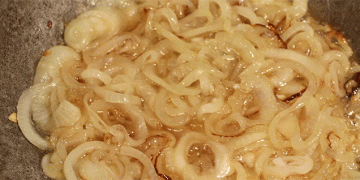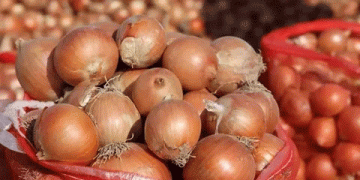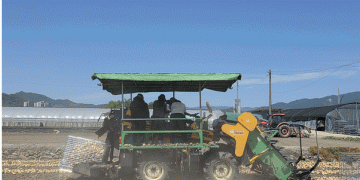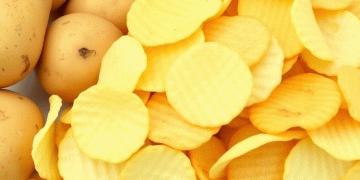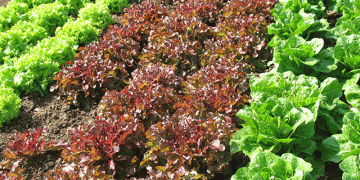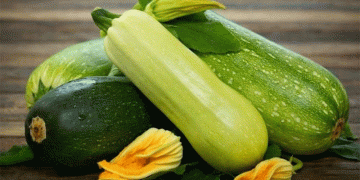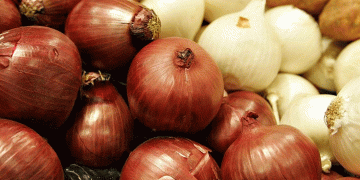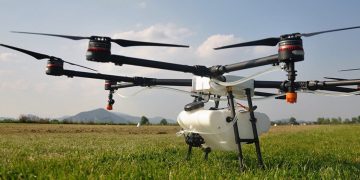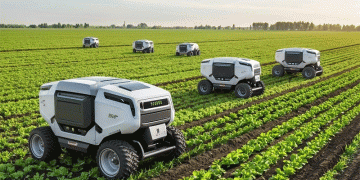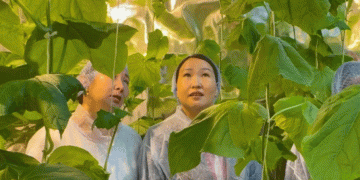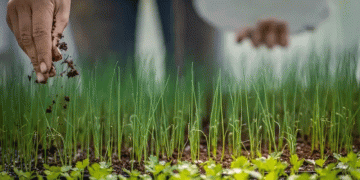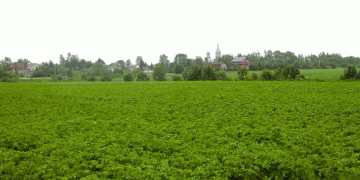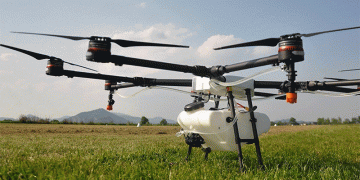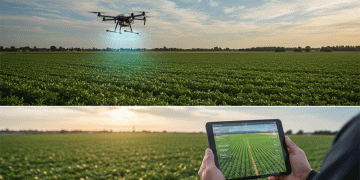One food safety event can shake consumer confidence in the food supply, and it can take years to rebuild that lost confidence. According to a recent study, 53 percent of American consumers have concerns about the safety of the produce they buy. It’s an industry issue that requires an industry-wide response, said Brian Kocher, president of Chiquita, the parent company of Fresh Express.
Fresh Express/Chiquita and Dole Food Co. sponsored the Global Food Safety Conference that followed the United Fresh Marketplace and FreshTech in April. The program brought together the various parts of the fresh and fresh-cut produce industries to talk about creating a global standard for food safety auditing.
Chiquita is subject to more than 100 audits a year, which is an incredible drain on the food safety system, Kocher said. Multiple, similar second- and third-party audits require one to three days each in the offices and can spend as much time in the plant. That’s time management doesn’t get to spend on the real goal – improving food safety.
That was the impetus behind the Global Food Safety Initiative -– to develop a baseline set of standards that would be recognized by customers no matter who conducts the audit. GFSI is only two years old, but ownership in the program has grown quickly and now involves every segment of the food chain. The goal is a establish commonality and an interchangeably recognized certification for food safety. The conference in April was the first gathering of the industry to talk about the issue of audits, but technical committees made up of produce industry representatives and audit experts have already met to get the ball rolling.
“This is the first step in a process, as opposed to a last step of an event,” Kocher said.
Codex
Harmonization of standards is being looked at on a global level because of the increase in trade among countries. World Trade Organization agreements have sanitary and phytosanitary requirements, as well as other technical trade items, and WTO members can develop their own levels of protection as long as measures aren’t more trade restrictive, said Michelle Smith, food technical senior policy analyst for FDA’s Center for Food Safety and Nutrition. The WTO considers the Codex Standards to have international consensus, and they have been used to settle trade disputes, although they’re not mentioned in the trade agreements.
The Codex Standards that apply to the fresh-cut and fresh produce industries are developed by the Codex committee on food hygiene and the committee on fresh fruits and vegetables. They provide a reference point for the protection of consumer health and help to ensure a safe food supply. The Codex Standards are important to FDA because they reflect the highest level of protection for food, Smith said.
The Codex isn’t necessarily a measurable set of guidelines, but acts as a foundation for standards programs. Two standards boards based on the Codex are the British Retail Consortium (BRC) Global Standards and the Safe Quality Food Institute (SQFI) SQF-2000, part of the Food Marketing Institute.
Standards Boards
The BRC has 12,000 certified sites worldwide, and the program is recognized by the Global Food Safety Initiative. It is a true third-party auditing program because audit agencies measure against a separate standard maintained by BRC. The standards board covers the best practices for food safety and quality – and of its four standards, one is specific to the fresh produce industry. However, the standards do have some crossover so that the entire supply chain can be certified for integrity, said John Kukoly, senior technical marketing consultant for BRC.
There are seven sections to the BRC fresh produce standards, covered by 326 individual requirements.
1. Senior management must show a commitment to continual improvement in food safety and quality.
2. The company must have a food safety plan and HACCP program.
3. There must be a food safety and quality management system in place.
4. The company must demonstrate safe standards in areas like plant security and transportation.
5. The control of produce from design and development should take into account food safety and quality.
6. Process control in the plant is audited for HACCP and food safety.
7. Personnel training and education programs must be in place and effective.
Non-conformities to the standard must be fixed before being certified, so if a company is certified that means it has met all the BRC requirements, Kukoly said. The audits are conducted by auditing agencies every 12 months, if the company received a score of A or B. A grade of C results in an audit after six months, and a D is non-certifiable. Each audit covers the entire standard – there isn’t an option for partial or surveillance audits, Kukoly said.
The BRC doesn’t conduct its own audits, it simply maintains the standards. But auditing agencies conducting BRC standards audits undergo a formal training program, which Kukoly said is key to maintaining the integrity of the standard.
The second standard that uses the Codex is SQF-2000, maintained by the Safe Quality Food Institute. The standard is risk-based, not proscriptive, said Gary Smith, technical director for SQFI.
“If you find a better way to do food safety and can back it up, then that’s fine,” he said.
SQF-2000 has three levels of certification standards, each certified individually. The first is food safety in the facility, including the plant, its premises and the equipment. The second level is the company’s food safety plan and HACCP program. The third level is a food quality plan, essentially a HACCP for quality, where the HACCP principals are applied to quality measures. A food safety audit might not sound like the place to include quality issues, but food safety is a given. Most processors are concerned about the quality of their product and want to find ways to improve it, and the audits are owned by the processor, so they can use them as needed, Smith said. Plus, the SQF-2000 quality HACCP is objective, not subjective, he said.
The SQF audit has two parts – a document review followed by a facility inspection. SQF auditing boards are trained to the standard, and SQF divides the food industry into 35 sectors and registers auditors based on their work experience and expertise in specific food sectors, he said.
Certification Boards
The final component to a global food safety standard is the auditing company, also called a certification board. These companies have auditors trained to conduct an audit against the standards provided by one of the global standards boards. A company may have auditors trained for multiple standards, so a retailer or foodservice establishment could decide it wants suppliers to be BRC-certified, for example, but still use the same certification board.
A global standard for audits could reduce the number of audits a company has to undergo, but there would still be opportunities for the various certification boards. Every company has its own programs, which can be tailor-made for customers. While 90 percent to 95 percent of the audits would be the same, there would still be room for additional sections specific to a retailer or other customer.
One of the questions the technical committee is working on is what happens during a food safety event. From the standards board perspective – very little. That group, whichever the offending company is certified by, is only concerned with maintaining the standards. In some cases, the standards board may ask for a review of the certification board’s audit to ensure it was performed correctly.
The certification board wouldn’t be considered liable in a food safety event, unless there was some sort of gross negligence, and a decision would have to be made whether to turn over proprietary audit information to FDA. If a subpoena is issued, then the information has to be delivered to the agency, but there’s no requirement to voluntarily turn over findings. For example, an auditor has to turn over findings if pesticide residue is discovered, but there’s no such requirement for microbiologicals, said Wil Sumner, director of food and agricultural testing services for Scientific Certification Services. But should an auditor notify FDA if pathogens are found in the plant?
“Professional ethics say we don’t, but professional ethics say we do,” Sumner said.
He also said he was concerned about the implications of handing audits over to FDA. Once that agency has them, they become part of public record. There’s the chance that the press can get them and present them to the public in the wrong way – such as questioning why a company passed with a less than perfect audit, he said.
“They could try to say 85 percent is no good; it should be 95 percent,” Sumner said.
The industry is making strides to reduce the number of audits that a processor might have to take part in through the Global Food Safety Initiative. FDA supports a global standard as well, and it’s in the industry’s best interest to work toward a common, interchangeable measurement. Not only will it reduce the amount of wasted time in the plant, it will also increase consumer confidence in the food supply and help to ensure food safety.













